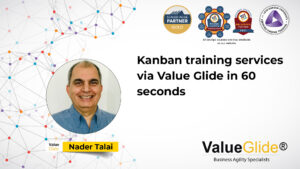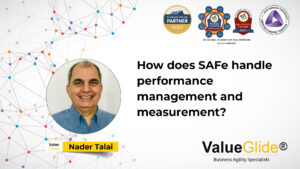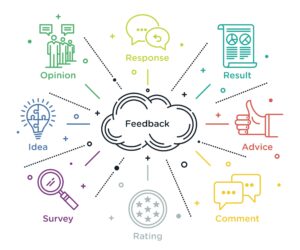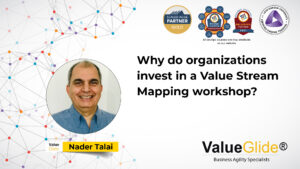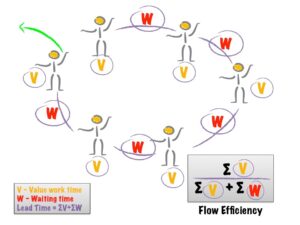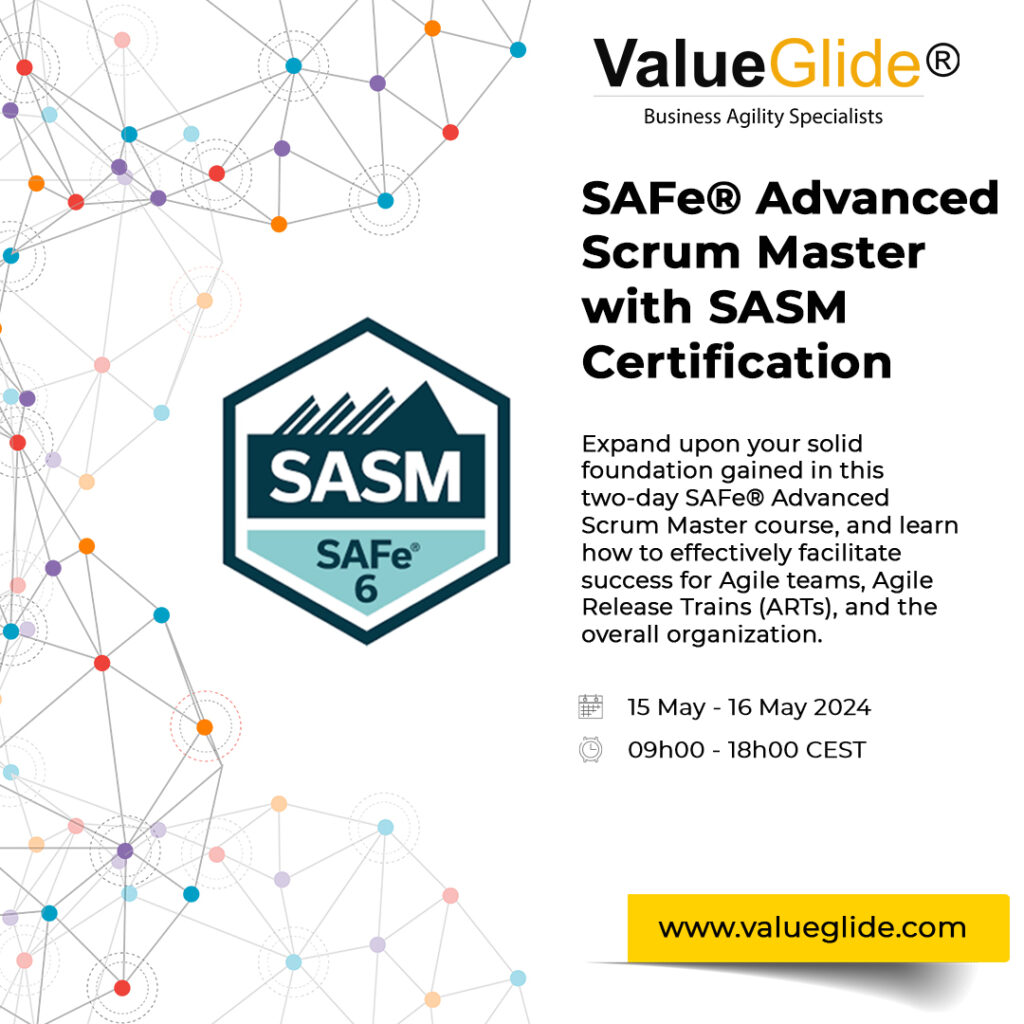Enterprise Solution Delivery: Navigating Complexity in SAFe
In today’s fast-paced and technology-driven market, the complexity of solutions demanded by customers is ever-increasing. This complexity often transcends the capabilities of a single Agile Release Train (ART), requiring an orchestrated effort from multiple ARTs, and sometimes, third-party suppliers. In this detailed exploration of Enterprise Solution Delivery within the Scaled Agile Framework (SAFe), and in this blog we delve into the nuances of managing this complexity.
From lean systems engineering to the coordination of various teams and suppliers, and the continuous evolution of live systems, this article covers the key strategies and practices necessary for effective Enterprise Solution Delivery.
We will break down each component, offering insights and practical advice on how to navigate these challenges within the SAFe environment, ensuring that even the most intricate solutions are delivered with efficiency and precision.
Let’s take a closer look at exactly what we’ll cover here:
- Understanding the Need for Enterprise Solution Delivery: Explore why modern solutions require the collaboration of multiple Agile Release Trains and suppliers due to their increasing complexity.
- Lean Systems Engineering: Discuss the role of lean systems engineering in integrating various components of a solution, emphasizing the importance of a cohesive approach to solution development.
- Coordinating Multiple ARTs and Suppliers: Highlight strategies for effectively managing and integrating the work of different Agile Release Trains and external suppliers to ensure seamless delivery.
- Continuous Evolution of Live Systems: Explore the necessity of regularly updating and adapting solutions in real-time, akin to mobile app updates, to meet dynamic customer needs.
- Practical Implementation Strategies: Offer actionable advice on implementing Enterprise Solution Delivery, including fostering cross-functional collaboration and embracing continuous integration.
- Adapting to Change with Agile Roadmap Planning: Discuss the significance of flexible and adaptive planning to accommodate changes in the solution development process.
- Investing in Architecture and Experimentation: Underline the need for investment in robust architecture and continuous experimentation for the efficient evolution of live systems.
- Building a Culture of Continuous Learning: Advocate for a learning mindset within teams, crucial for navigating the challenges of complex solution delivery in a SAFe environment.
Introduction: The Growing Complexity of Solutions 🌐🤔
In the evolving landscape of SAFe, Enterprise Solution Delivery becomes crucial as customer solutions grow increasingly complex.
This complexity often necessitates the collaboration and coordination of multiple Agile Release Trains (ARTs), possibly involving both internal and third-party suppliers.
- Beyond Single ARTs: Understanding the need for multiple ARTs to deliver intricate solutions.
- Complex Solutions Examples: Consider the multifaceted components of an autonomous car – sensors, entertainment systems, self-parking features, and navigation systems.
The Dimensions of Enterprise Solution Delivery 📐🌟
Enterprise Solution Delivery in SAFe is structured around three key dimensions, each playing a vital role in delivering complex solutions effectively.
- Lean Systems Engineering: Ensuring an integrated approach to solution development.
- Coordinating Trains and Suppliers: Managing the intricate web of internal and external suppliers.
- Evolving Live Systems Continuously: Adapting and updating solutions in real-time to meet changing customer needs.
Lean Systems Engineering: The Backbone of Complex Solutions ⚙️💡
Lean Systems Engineering is fundamental in maintaining an overarching view of the solution, encompassing specification, models, and the current state of knowledge.
- Set-Based Design: Preserving options and not committing early to allow for adaptability.
- Roadmap Planning: Employing multiple planning horizons to inform and adapt the solution roadmap.
Coordinating Multiple ARTs and Suppliers 🤝✨
Effective coordination across multiple ARTs and suppliers is critical in ensuring optimal value flow through the system.
- Integration of Work: Ensuring that work from different ARTs and suppliers integrates seamlessly.
- Collaboration Across Teams: Fostering a culture of collaboration and open communication between different teams and suppliers.
Continuously Evolving Live Systems 🔄🔧
In Enterprise Solution Delivery, the ability to evolve live systems is crucial. It involves updates and adaptations that are almost imperceptible to the customer, akin to app updates on a mobile phone.
- Frequent and Seamless Updates: Ensuring updates are frequent and don’t disrupt the user experience.
- Architecture and Experimentation: Investing in architecture and experimentation to enable live updates.
Recommendations for Implementing Enterprise Solution Delivery 📝🚀
Implementing Enterprise Solution Delivery in a complex environment requires a strategic and thoughtful approach.
- Foster Cross-Functional Collaboration: Encourage teams from different ARTs to work closely and share knowledge.
- Embrace Continuous Integration: Integrate parts of the solution frequently to test and learn.
- Adaptive Planning: Remain flexible in planning, ready to adjust the roadmap as new information emerges.
Practical Steps for Effective Enterprise Solution Delivery 🛠️💼
To navigate the complexity of Enterprise Solution Delivery, organisations need to adopt practical, actionable steps.
- Regular Integration and Testing: Schedule frequent integration and testing sessions across ARTs.
- Invest in Training and Skills Development: Equip teams with the skills needed for complex solution integration.
- Encourage a Learning Mindset: Promote a culture where learning from each iteration is valued.
Mastering Enterprise Solution Delivery in SAFe 🎯✨
Mastering Enterprise Solution Delivery is about more than just managing complexity; it’s about creating a harmonious symphony of multiple ARTs, suppliers, and evolving technologies. In SAFe, this competency ensures that even the most intricate solutions are delivered efficiently, meeting the sophisticated needs of customers in an ever-changing market.
Embracing the Challenges of Enterprise Solution Delivery in SAFe
In conclusion, Enterprise Solution Delivery within the Scaled Agile Framework is a nuanced and multifaceted endeavour essential in today’s increasingly complex market landscapes. As organisations strive to meet the sophisticated demands of their customers, the ability to effectively coordinate multiple Agile Release Trains and integrate contributions from various internal and external suppliers becomes crucial.
Through lean systems engineering, we can create cohesive and integrated solutions, while the continuous evolution of live systems ensures that these solutions remain relevant and effective.
By embracing these practices, organisations can not only manage the complexities inherent in modern solution delivery but can also harness these challenges as opportunities for growth and innovation.
As we continue to advance in the realm of SAFe, the principles and practices discussed here will serve as vital tools in ensuring that our solutions are not just technically sound but also strategically aligned with the ever-evolving needs of our customers and the market. The journey towards mastering Enterprise Solution Delivery is ongoing and dynamic, inviting SAFe practitioners to adapt, learn, and excel continually.
Interested in learning more about the key roles of a Scrum Master in SAFe?
At Value Glide, through the application of SAFe (Scaled Agile Framework), we are able to offer agile consulting, agile coaching, and agile training specialists who work with organisations to align business objectives with customer needs and wants.
As deeply experienced agile coaches and practitioners, our team is invested in continuous learning through our training, coaching, and consulting services.
In a nutshell, empirical process control or empiricism.
If you are thinking of adopting agile within your organisation and have identified SAFe as a great agile framework to adopt, implement and improve your business agility, visit our SAFe Quickstart ART Launch program page or view our SAFe Consulting Services page.
If you have identified a need for an agile coach and SAFe coach to help your organisation adopt and implement SAFe, visit our SAFe Coaching Services page. We are committed to equipping organisations with the tools and knowledge to thrive in this ever-changing digital age, and achieve business agility through the Scaled Agile Framework.
Sounds good to you? Then sign-up today, and learn more about this transformation and revolutionary framework that is changing the game in the world of Agile. It is truly remarkable what can be done when we put our heads together and decide to work as one.
If you want to know more about SAFe and how to lead SAFe, visit our SAFE Training page for a host of options, from Leading SAFe to a SAFe Release Train Engineer course.
#SAFe #scaledagileframework #scalingagile #agile #agileframework #agilecoach
